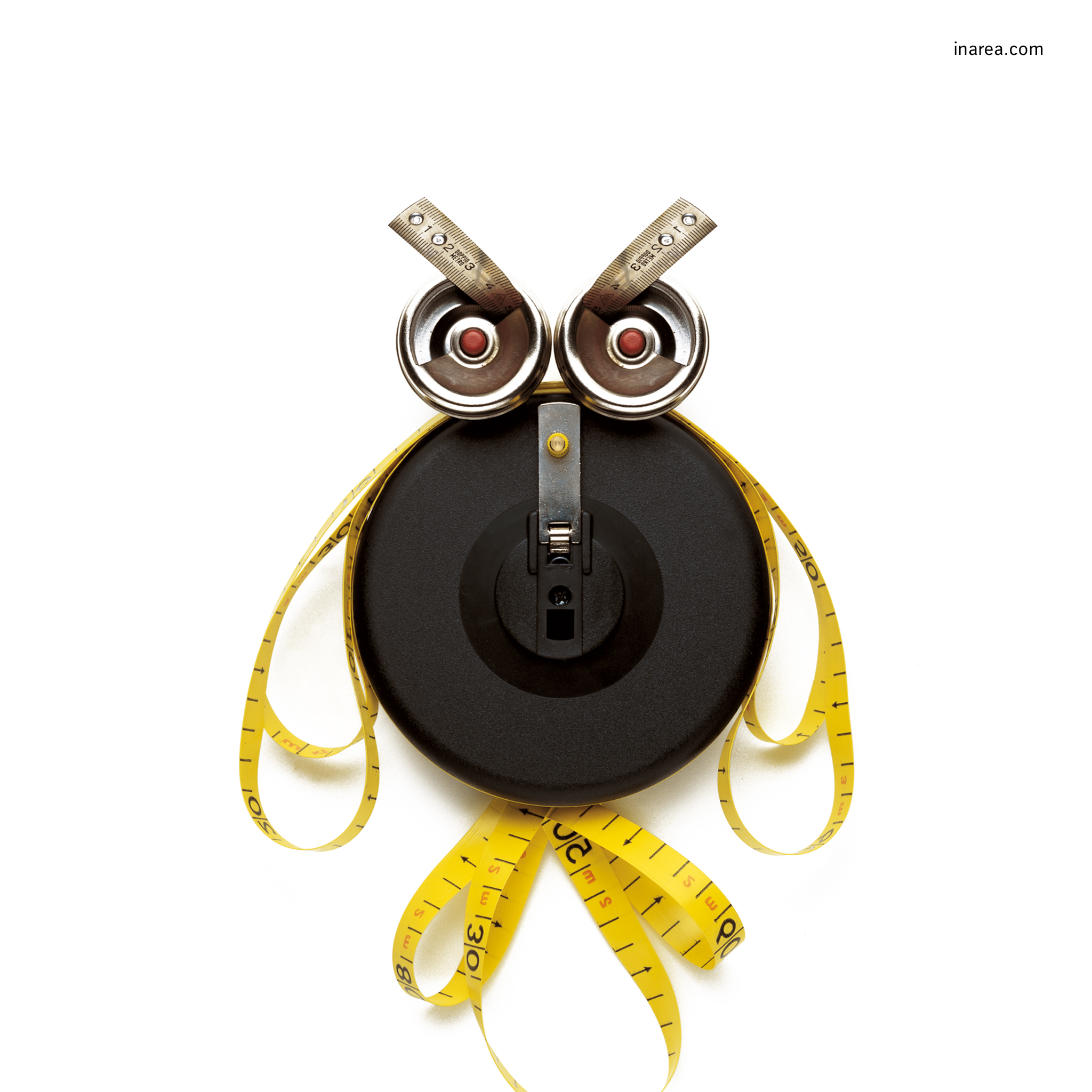Whereas the adjective “coquettish” comes from the French word for cockerel, the Italian equivalent, “civettuola”, derives from the word for owl. The very sound of it makes one think of a light and swift movement, of the graceful flitting and swooping of a bird that often chooses the world of fashion as its landing pad. Paris Fashion Week came to a close last week. At one particular show, the set recreated a grotto in an Italian garden, reminiscent of the Boboli Gardens in Florence: lots of ‘extremely’ black dresses, embellished with lace galore, strutted on the catwalk. We’re talking about the Dior Show at which designer Maria Grazia Chiuri drew her inspiration from Catherine de’ Medici, the Florentine Queen of France who made waves and caused a huge sensation during the Renaissance. Catherine was responsible for introducing to France items such as forks, platform shoes and lace from the Venetian island of Burano, as well as a certain savoir faire in black. She was in the habit of wearing clothes that were blacker than soot, along with high heels so as to tower above everyone else. It is said that she ordered the St. Bartholomew’s Day Massacre and had poisoned her mother-in-law using a glove laced with poison… finely-manufactured in Florence, of course.
Meanwhile, during the same period in Tuscany, Cosimo de’ Medici’s wife Eleanor of Toledo, founded a textile factory and hired the painter Bronzino, who immortalised her in a brocade gown that was the acme of finery, as her publicity artist. It’s quite possible that the sumptuous gown never actually existed, seeing as Bronzino had simply been given a snippet of the fabric to work from. But the portrait sufficed to make the “Eleanor Style” the talk of Europe.
With their arsenic and old – or, more likely, new – lace, Catherine and Eleanor were owls, rather than coquettes, sharing with those nocturnal birds (who have always been symbols of foresight) an ability to look beyond. They used to cut their (very fine) coats according to their (very fine) cloth and we can say, beyond a shadow of a doubt, that the long ‘film’ of Italian fashion and style started rolling back in the 16th century .

